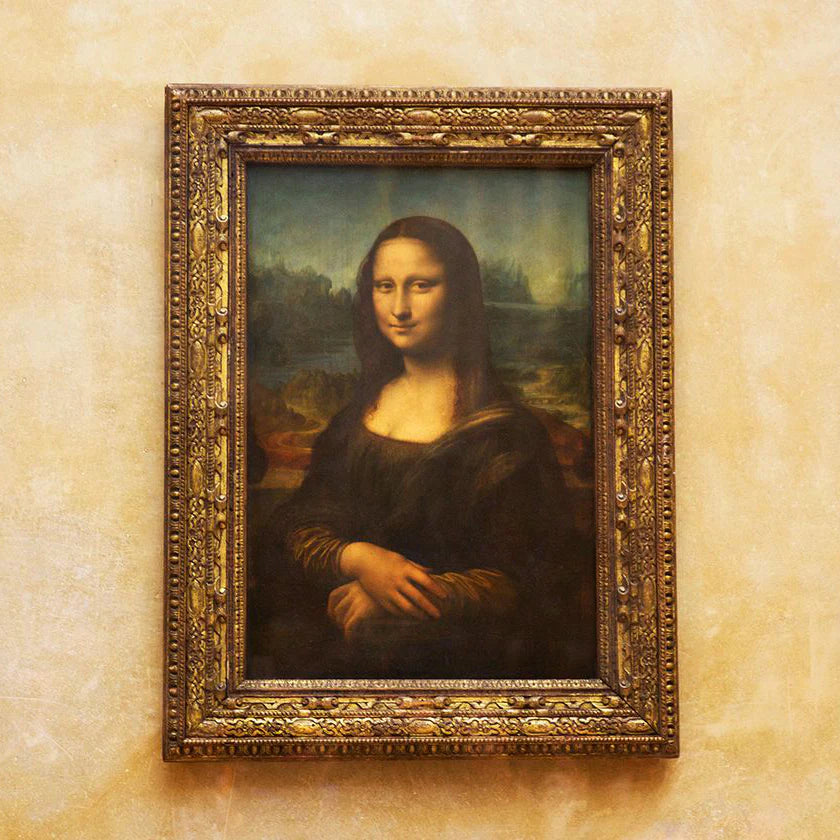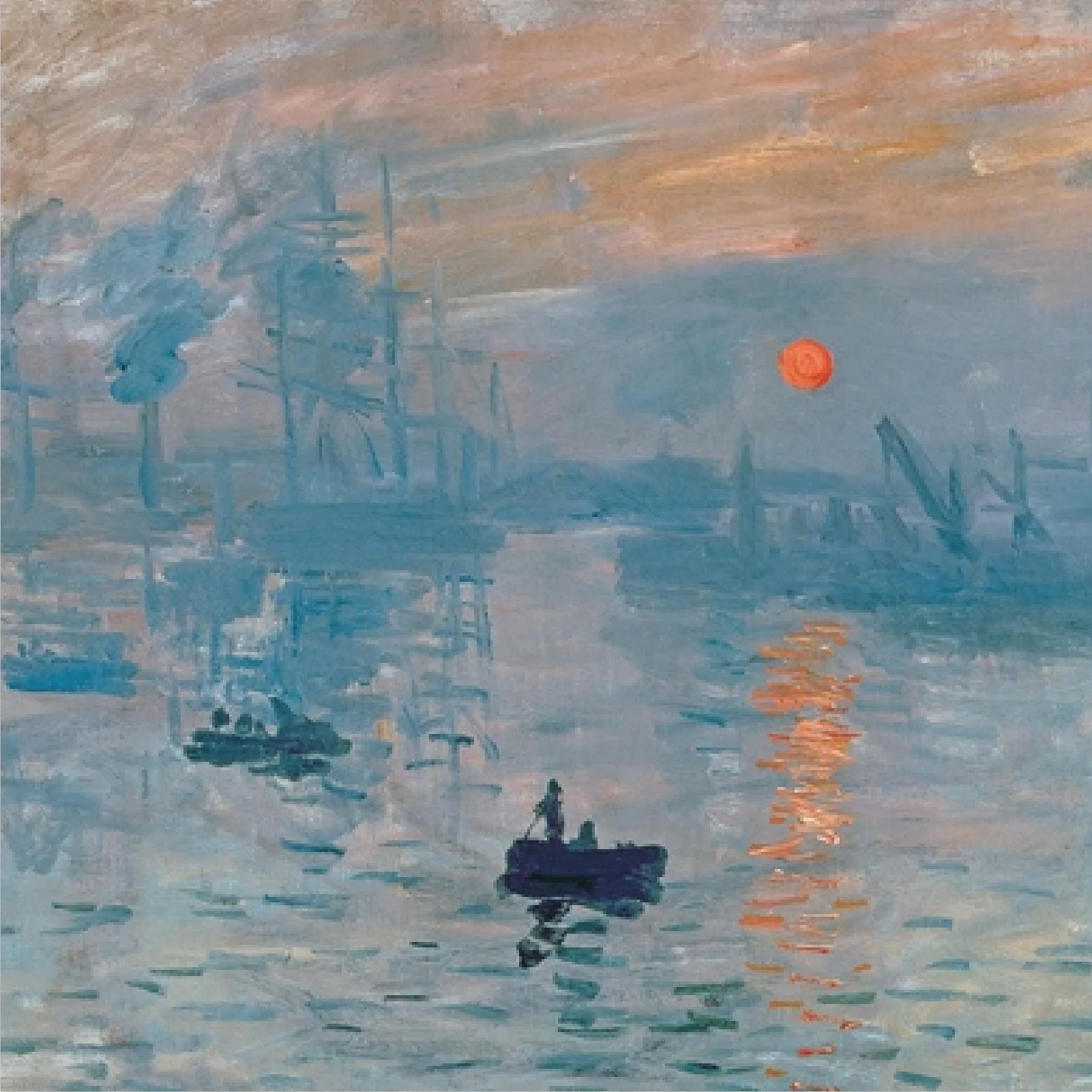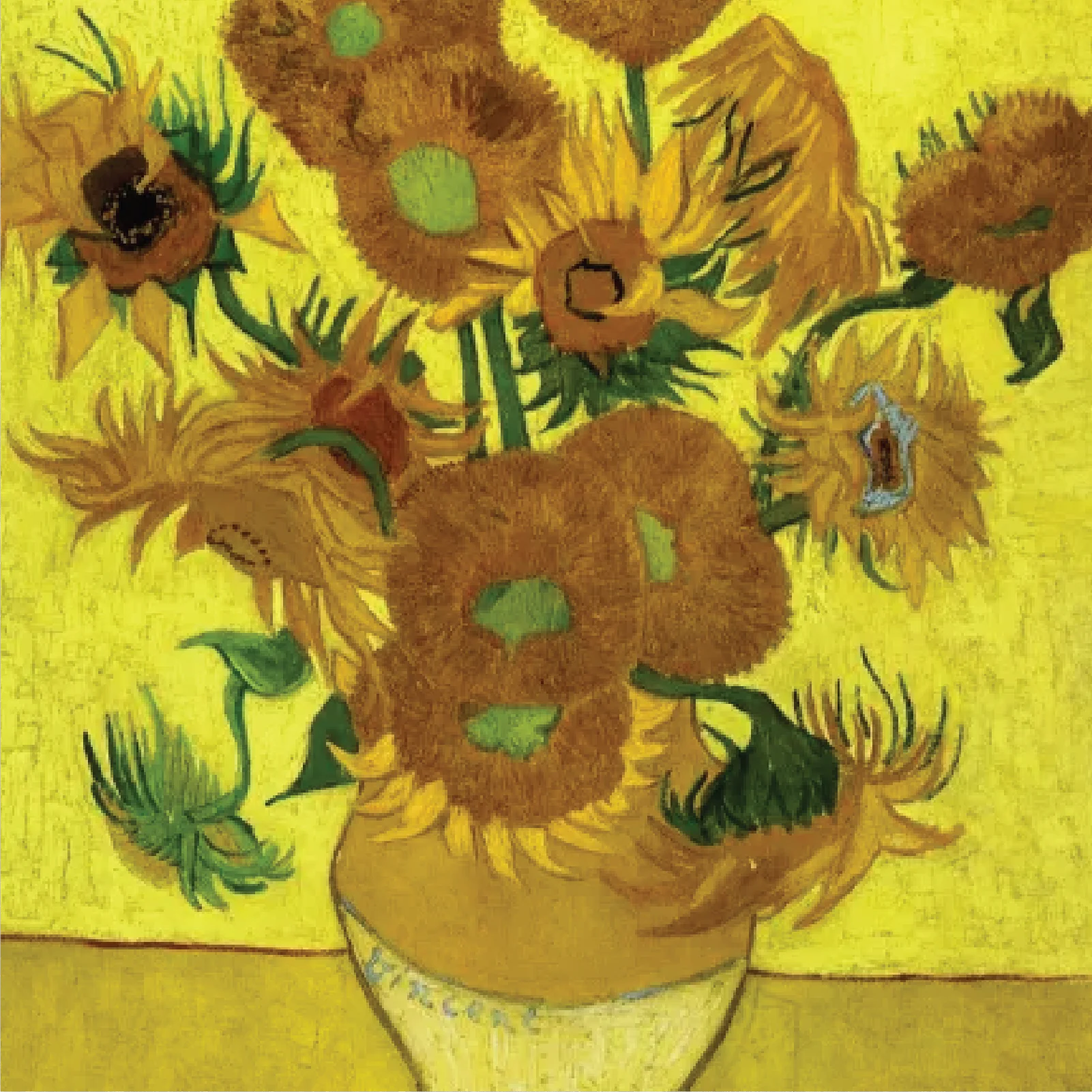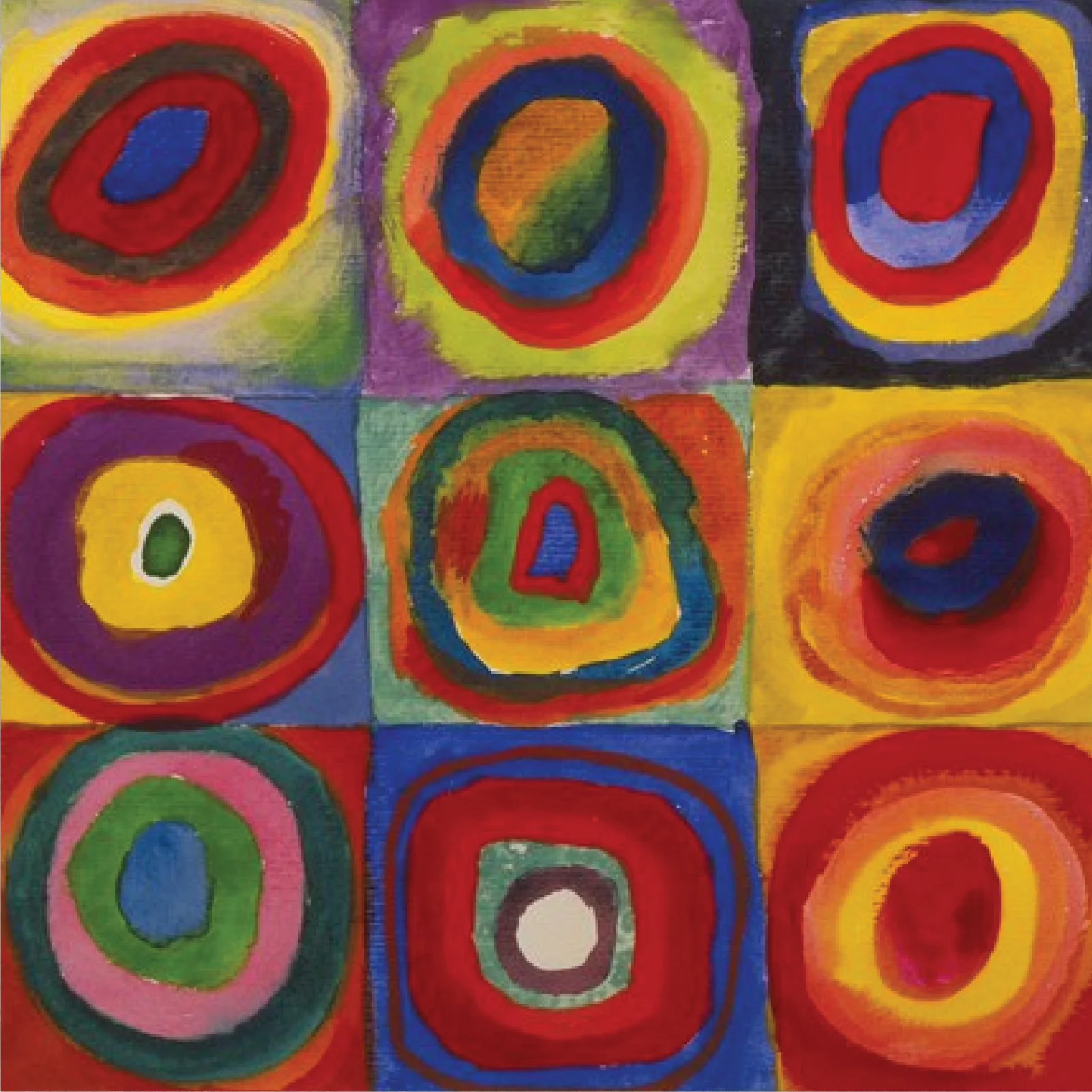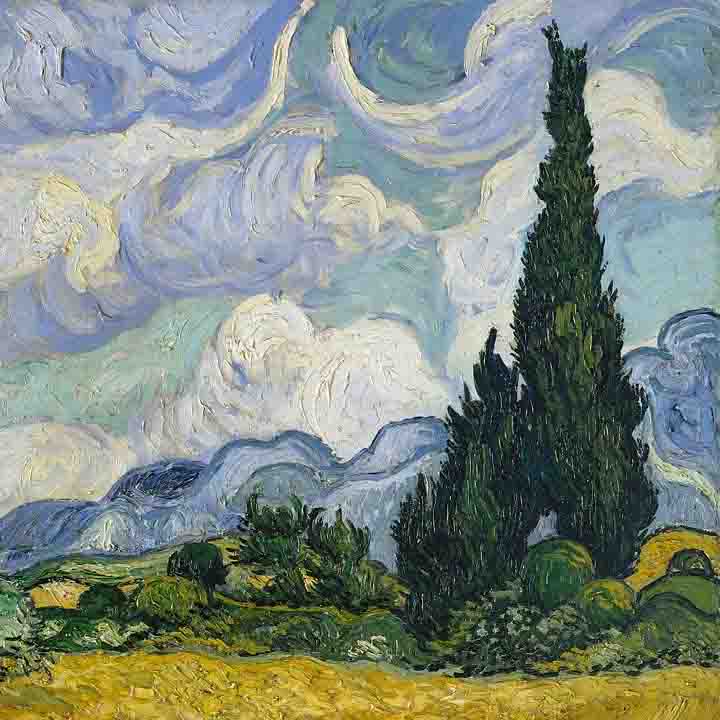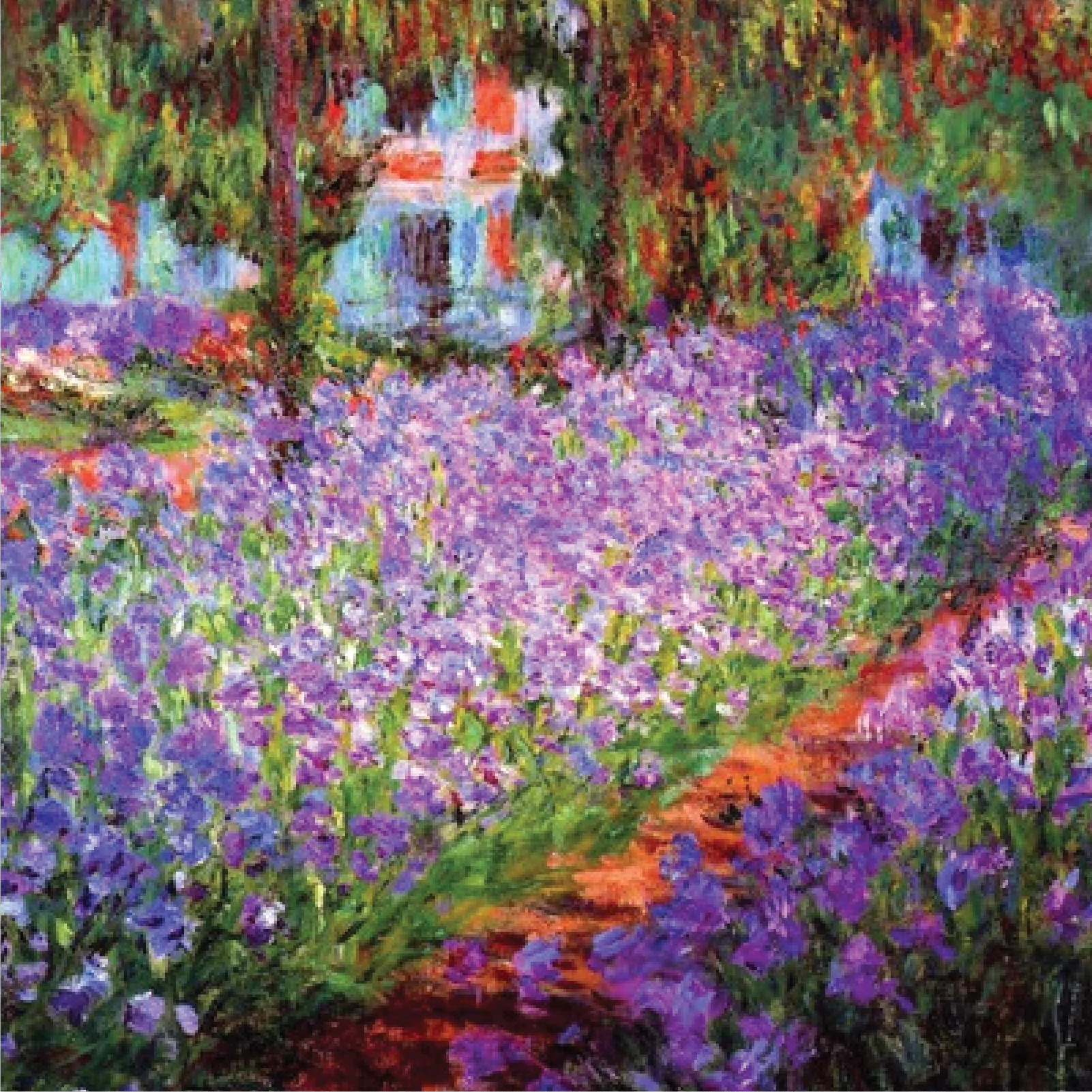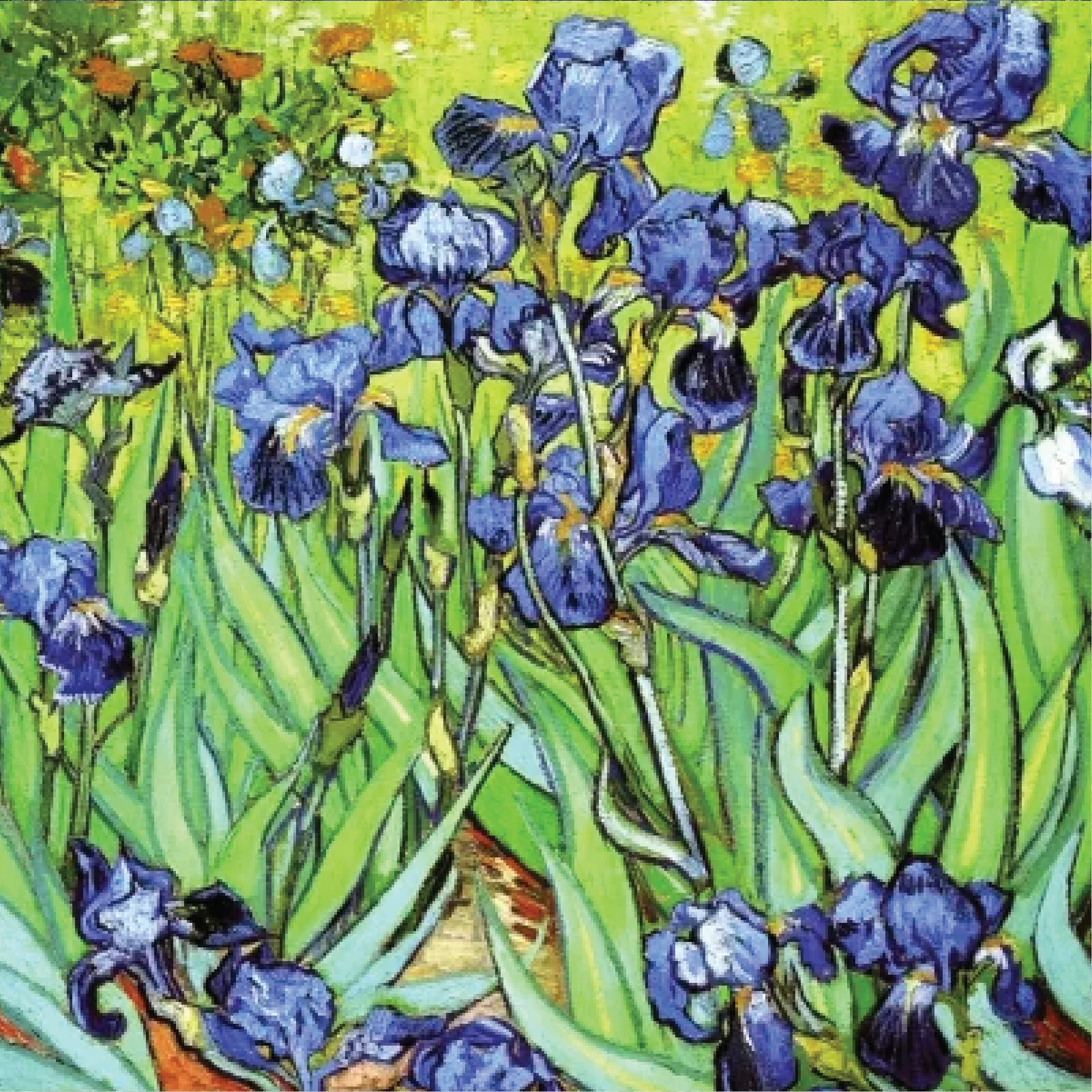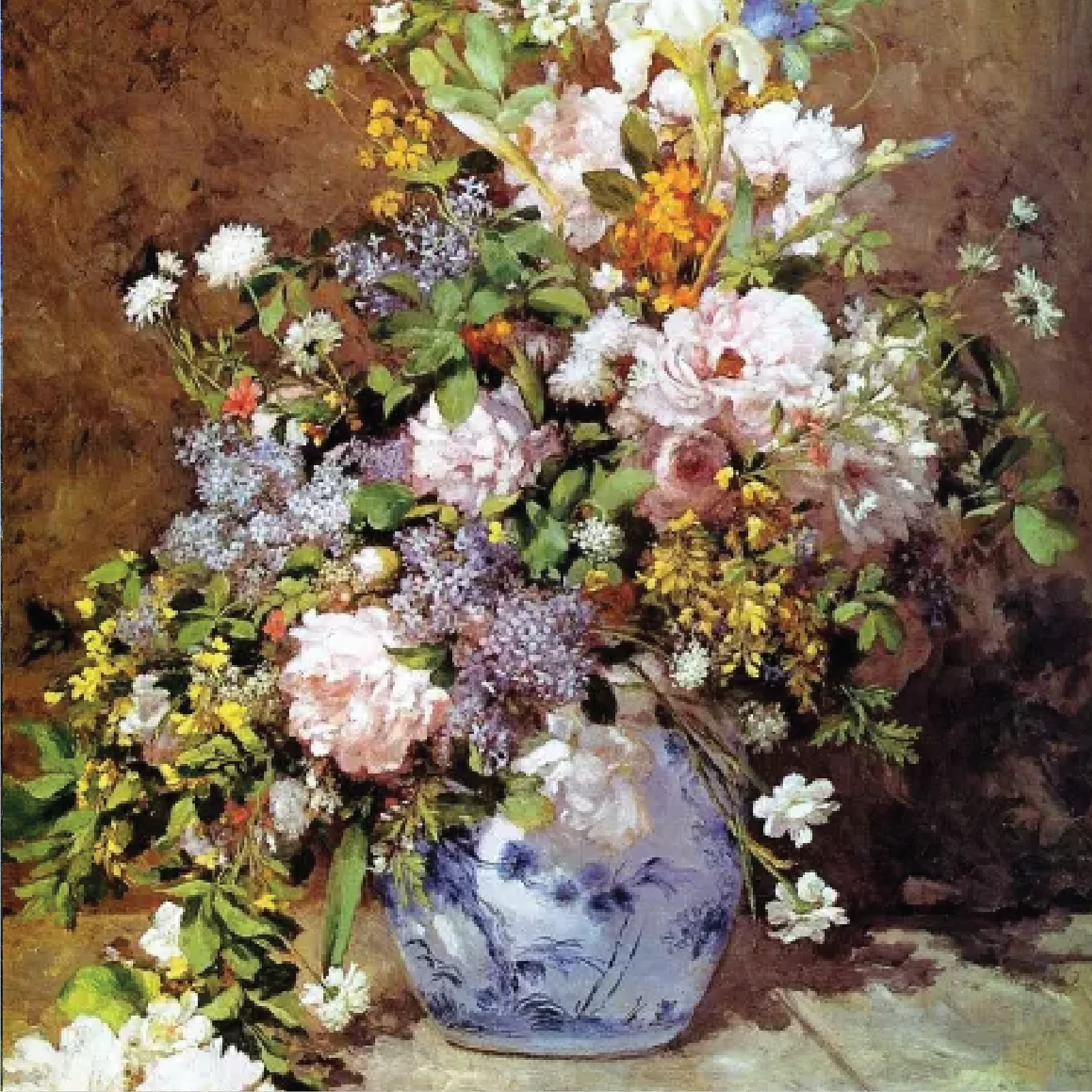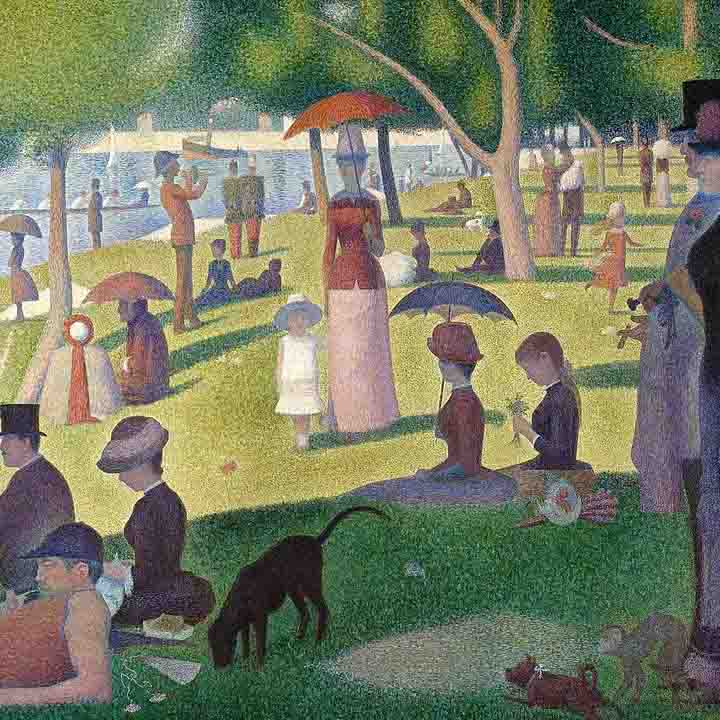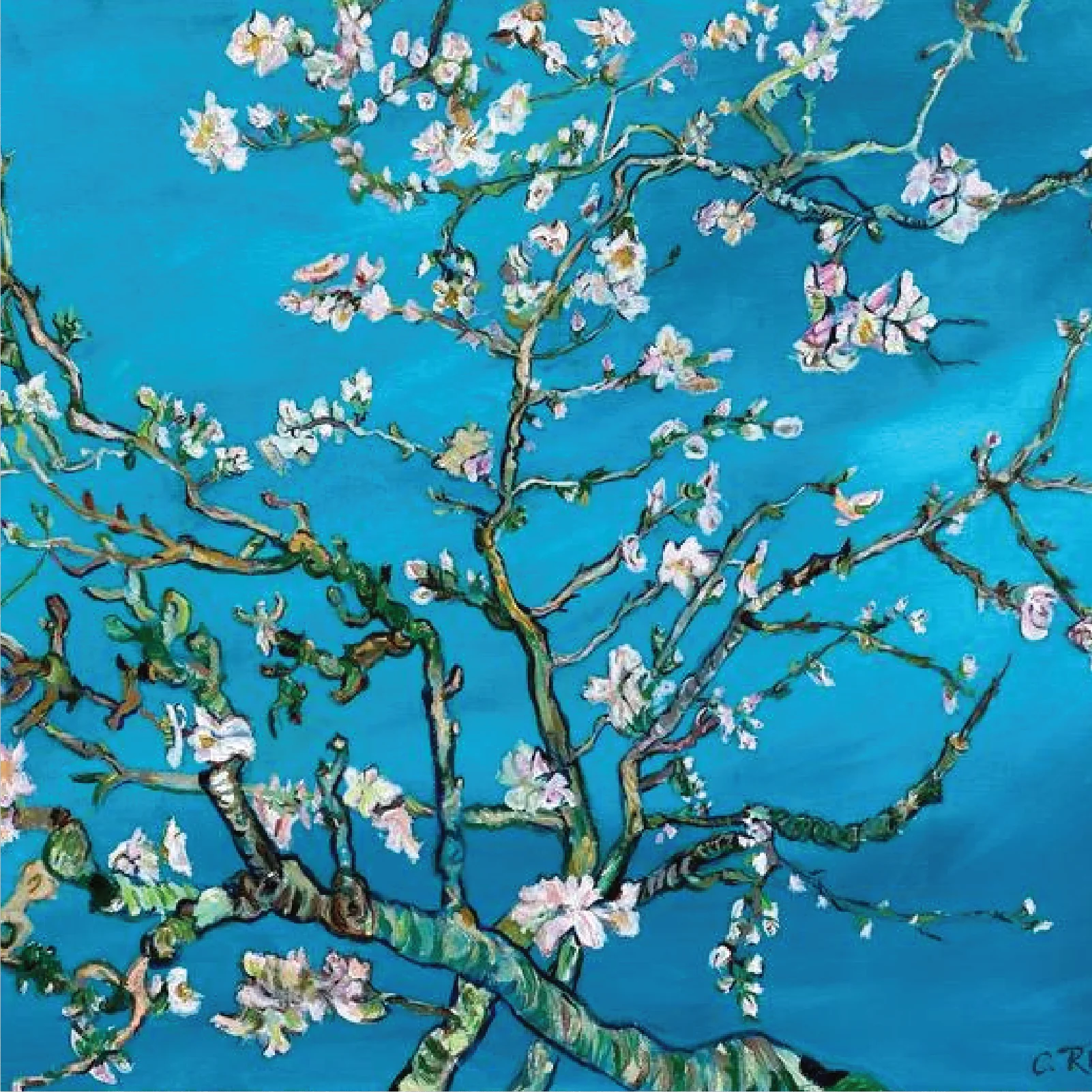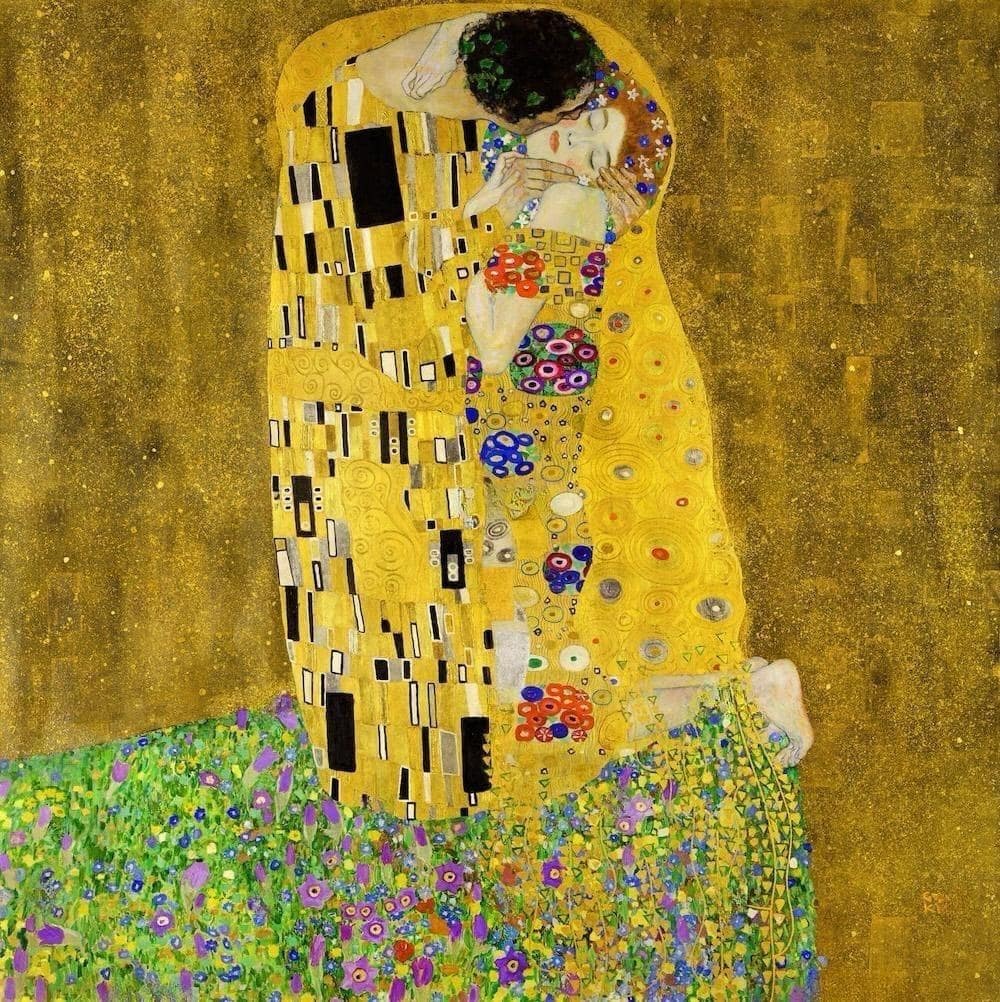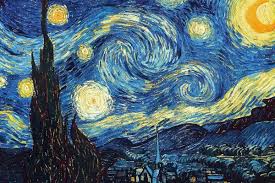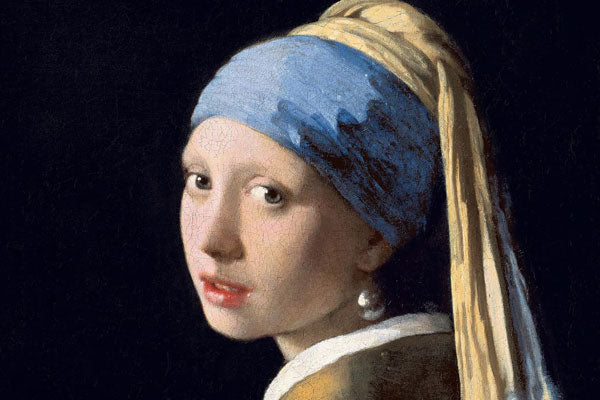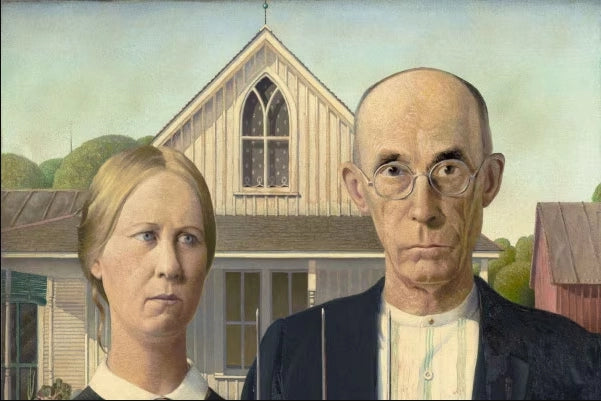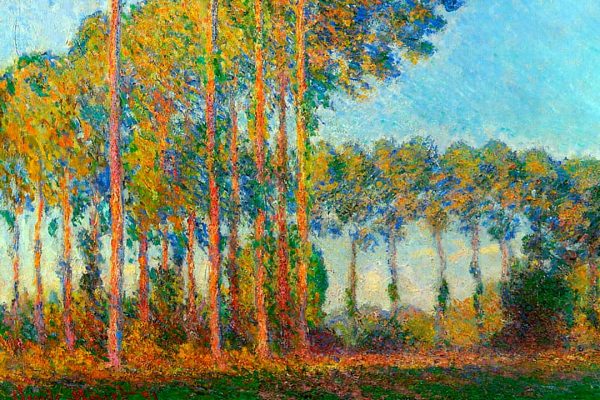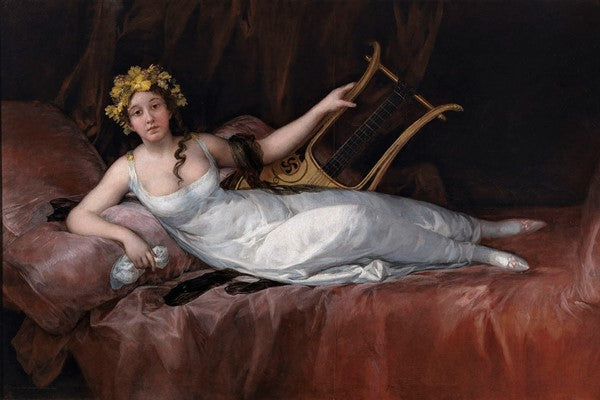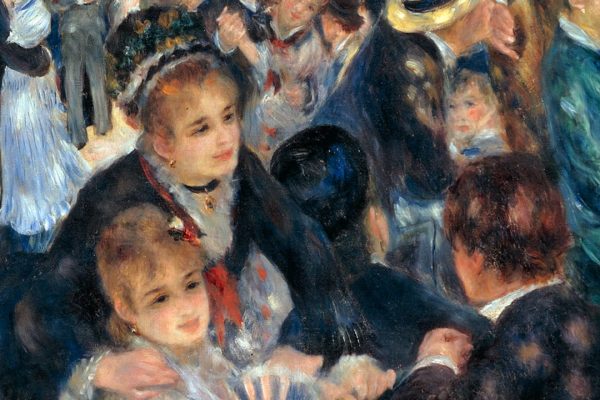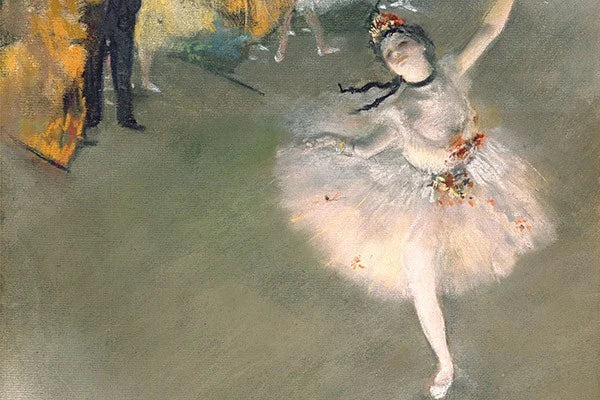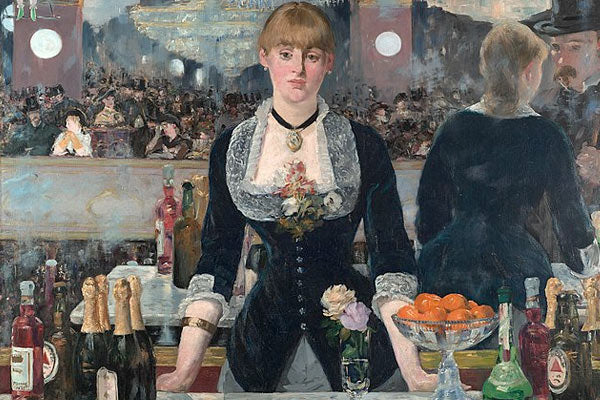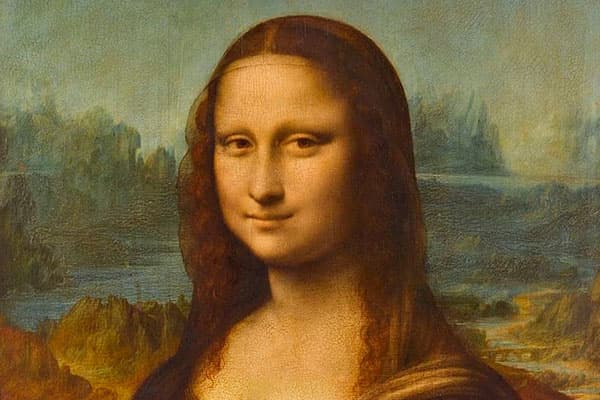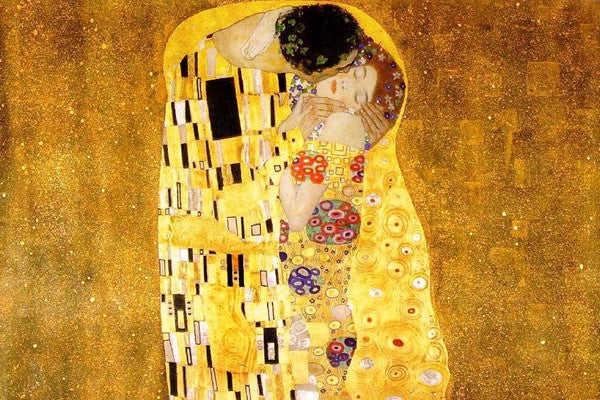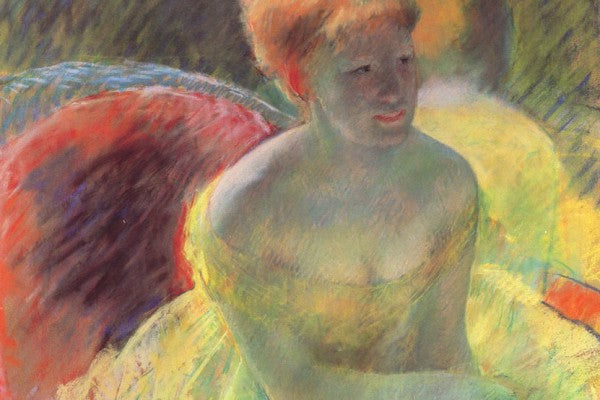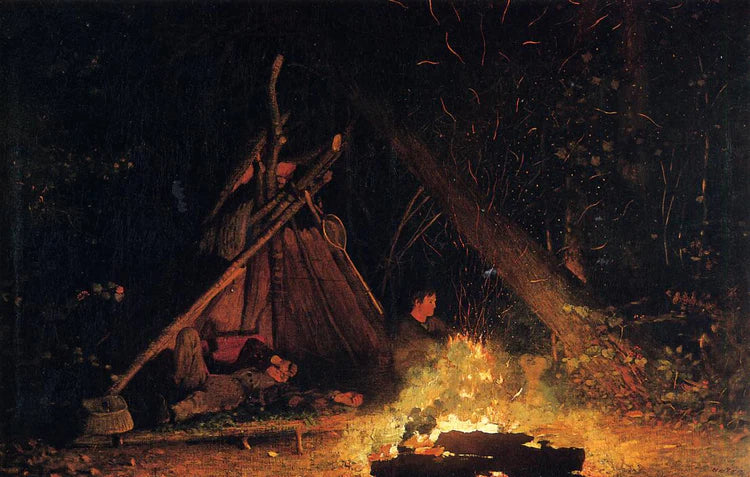The art world is full of original oil paintings, stunning reproductions, and unfortunately, a lot of fake art. Whether you’re an art collector, an investor, or just an admirer, knowing how to tell the difference between a real oil painting and a forgery is essential.
While oil painting reproductions can be legally created and sold, fraudulent sellers often try to pass off a reproduction as an original painting—sometimes charging thousands of dollars for a piece that’s never an original.
Looking for a specific painting? We create bespoke oil reproductions tailored to your needs. Request your custom piece now!
So how do you tell if an oil painting is real? In this guide, we’ll explore the way to tell a genuine work from a fake, helping you make informed purchases and avoid costly mistakes.
1. Look for Brushstrokes and Texture
One of the easiest ways to tell if an oil painting is real is to feel the texture. Original oil paintings typically have raised paint due to the thick and textured nature of oil paint.

What to Look For:
✅ Thick, uneven paint layers—A real oil painting has texture from the brushstrokes and palette knife.
✅ Visible positioning and brushstrokes—Artists make choices about stroke direction, giving the painting a sense of depth.
✅ Feeling more permanent—Acrylic and printed reproductions often lack the richness and movement of oil.
Warning Signs of a Fake:
🚫 A flat and smooth surface—If the painting lacks texture, it may be a printed reproduction.
🚫 Repeating patterns—If you see identical brushstrokes across the painting, it’s likely a fake art print.
2. Examine the Canvas and Edges
A real oil painting on canvas will often have paint along the edges, especially if the artist painted on an unstretched canvas before framing.
How to Spot a Genuine Painting:
✅ Check the stretched canvas—An original work often has uneven edges and signs of handling.
✅ Look along the sides—If you see slight paint layers extending past the front, it’s a good sign.
Red Flags:
🚫 A clean, white canvas back—This could mean the painting is a print mounted on a canvas.
🚫 A mass-produced look—Many oil painting reproductions are machine-printed, so they lack real depth.
3. Varnish and Aging Signs on Antique Paintings
A genuine antique oil painting will show signs of age, including varnish discoloration and slight cracks.
Signs of Authenticity:
✅ A yellowed or cracked varnish layer is common in antique paintings.
✅ Canvas stretching marks—Old paintings often show tension lines where they were stretched.
How to Spot a Fake:
🚫 A too-perfect surface—If the painting looks brand new but is sold as an antique, be cautious.
🚫 Artificial cracking—Some fakes use chemicals to simulate age, but these patterns often look unnatural.
4. Investigate the Provenance (History of Ownership)
A painting’s provenance (its history of ownership) can determine the value of a piece and confirm whether it’s an authentic art or a reproduction.
How to Verify Provenance:
✅ Ask for certificates of authenticity from auction houses or art dealers.
✅ Look for documentation proving the painting’s history.
Fake Alert:
🚫 No documented history—If the seller can’t provide provenance, it may be a fake art piece.
5. The Artist’s Creative Process and Composition
Artists often take time to work out ideas, draw shapes, and rethink their creative process before finalizing a piece. If a painting looks too perfect without signs of rethinking, it might not be an original work.

How to Tell if It’s Real:
✅ Look for underpainting or sketches—Genuine paintings may have visible early layers beneath the final artwork.
✅ Examine how colors and elements evolve—Artists refine their work as they go.
🚫 Warning Sign:
-
A printed reproduction will have no variation or visible artist’s final work development.
6. Consult an Expert or Appraiser
If you’re unsure about a painting’s authenticity, the best step is to consult an expert.
Who Can Help?
🔍 Professional appraisers—They can assess the paint layer, materials, and history.
🔍 Auction houses—Experts at major auction houses can verify authenticity.
🔍 Experienced art dealers—They can identify a real oil painting from a forgery.
7. ART&See: The Best Source for Oil-Painted Reproductions
At ART&See, we create high-quality oil painting reproductions that capture the beauty of original oil paintings while maintaining full transparency. Unlike fraudulent sellers who try to pass off fake art as real, our art pieces are ethically made and labeled as reproductions.
Whether you want a classic masterpiece or a custom-made reproduction, our skilled artists use real oil paint on canvas to create pieces that are difficult to replicate but 100% legal. If you want timeless beauty without damaging your budget, ART&See is your best choice.
8. Final Thoughts: How to Spot a Fake Oil Painting
If you’re buying a real oil painting, always do your research to tell the difference between authentic art and fake art. By checking the paint layer, provenance, and canvas edges, you can avoid buying a reproduction disguised as an original work.
Quick Recap:
✅ Look for brushstrokes and texture—Real oil paintings have raised paint.
✅ Examine the edges—Original paintings often have paint extending over the canvas.
✅ Check for varnish and aging—Antique oil paintings should have natural wear.
✅ Investigate provenance—A real painting has a clear history of ownership.
✅ Consult experts—If in doubt, get professional advice from auction houses or appraisers.
Whether you’re looking for an original painting or a quality oil painting reproduction, understanding the way to tell the difference is key to making a smart investment in art.
